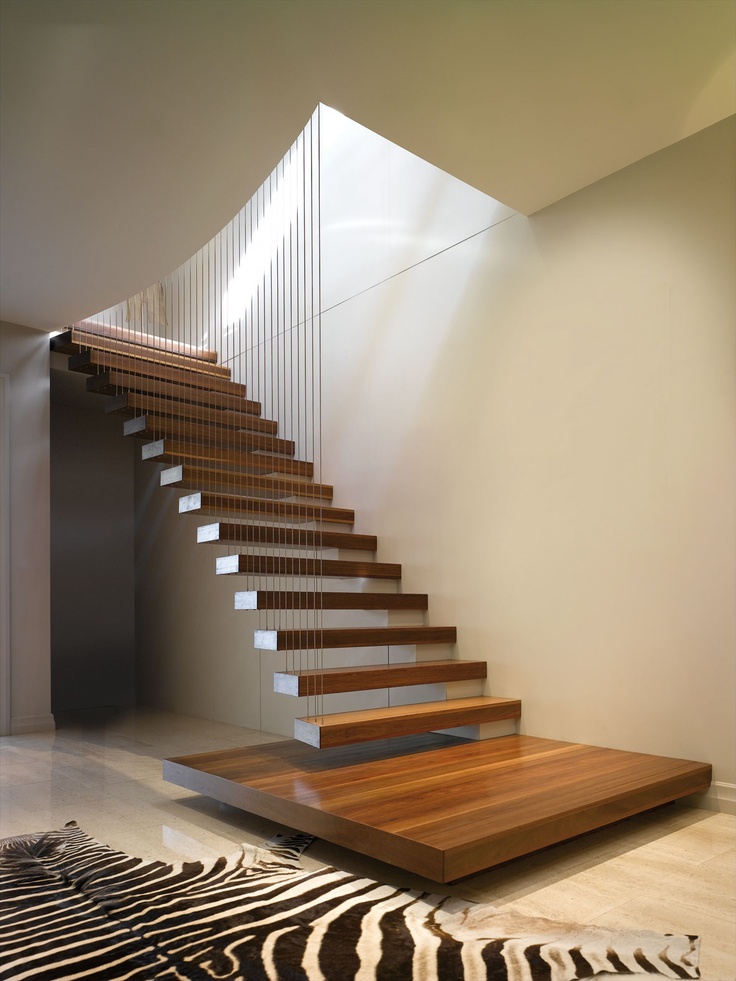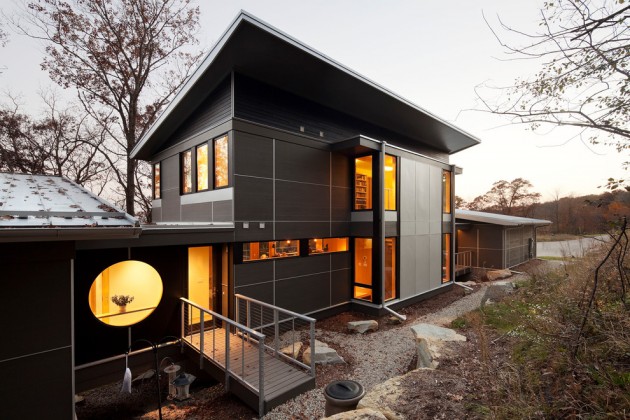Table of Content
What should you be able to do here that you wouldn’t be able to do in another studio? Once you have an idea of what your studio needs, then it’s time to start designing. If you’re like most musicians, you’ve probably dreamed of having a recording studio in your own home. While many might think this dream is out of reach, the reality is that nearly anybody can build a home studio when they have the right help. If you want to learn how to turn your home into the next Capitol Studios, keep reading.
Most consumer headphones like Beats by Dre, Apple Airpods, Skullcandy, or Bose headphones are heavily boosted in the low-end – an inaccurate monitoring source for you. Closed-back headphones mitigate all outside sounds so you can hear the music only. Open-back headphones allow that ambient noise in so you can hear how it sounds when you’re on the stage. If you’re at the point of setting up a home studio, chances are you already have a digital audio workstation .
Digital Recording: The World at Your Fingertips
A little bit of hardware as needed, dual screens, and this space gets the job done. For a garage space, consider adjustable features, like large swinging or sliding doors, which can help to both contain transmitted sound and act as diffusers. Add coverings or drapes to any existing windows to help minimize unwanted reflections and increase absorption. If you’re repurposing an existing space with less-than-ideal room proportions, don’t worry– absorption strategies can help to overcome this shortcoming .

You’ll want your monitors facing you from the corners of your desk, forming an equilateral triangle from your listening position . Stands are often used to bring the monitors to ear-level. After you have approved of the concept design, we will produce the detailed blueprints needed for construction. Where necessary we will collaborate with local architects and engineers to produce this complete set of working drawings. If your studio is already built but you wish to optimize the acoustics, I also offer a room treatment consulting service. This page will show you how we can determine your needs, establish your studio design goals, and turn them into blueprints for your dream studio.
Minimal-Clean Home Studios
Sure, these monitors are placed next a wall which is not ideal, but this studio achieves a lot in a tiny space. Plus, some strategic acoustic panels likely helps mitigate some nasty first reflections and sub build up. Kygo's home studio design is more or less reflective of many, many bedroom producers. While window's are not' ideal for acoustics, they do a lot in regards to sanity. When it comes to building your own home studio, consider what will best fit your needs as a musician.
For the best sound isolation, an airlock consisting of two back-to-back doors is ideal. The door bottoms should have self-actuating bottom gaskets that seal when closed. For windows, you’ll want insulated units with at least one of the panes made of laminated glass. Perfect cubes and long, narrow spaces with parallel walls are poor acoustical performers. The next part of planning is defining the actual proportions of the space. There’s much debate in the acoustical design community regarding the ideal proportions, and the math gets complicated quickly.
Bagpipe Studios
This studio is perhaps staged for a live performance, but again, plants and various accent lighting is doing all the work here. If anything, the lesson is that your equipment is already beautiful. Vibe items like lighting, plants, windows, natural light, etc. just go a long way in emphasizing your home studio design. But before we get into 100+ home studio design ideas, we thought we would take you through a tour of Masterclass Lead Instructor, Zach Montoya's studio, above. It's a simple, bedroom studio that has everything you'd ever need to make professional quality music. Converting an existing space can essentially be done in two ways.

Producer Hive is a music production blog that houses unbiased gear reviews and in-depth guides and tutorials. Sean is Co-founder & Editor In Chief at Producer Hive, a community-run music production blog, YouTube channel, and podcast. As Commit, he has released music on renowned deep dubstep labels such as Deep Heads and Interchill Records.
The most common interface on the market is the Focusrite Scarlett Solo ($160), but I highly recommend the UA Apollo Twin ($800) as you progress. You’ll need an XLR cable to connect the microphone to the interface. Removing as much ambient noise as possible is your primary objective, prior to setting up any equipment or gear.
Imagine opening up those doors and creating music all day. In short, windows are not ideal in serious, professionally treated rooms. Glass gives an annoying bright slap that can really screw with a mix. For a small space, this space looks, well, kind of big? You've got great lighting, an addictive L shape design, and super cozy, snug, intimate carpet to thank for that.
Eventually, as you start to use your studio more, you’ll want to upgrade and get something that has a better converter or a preamp. Basement is an excellent place to set up your music studio. There are many ways to decorate and design it so that it looks eclectic – from recording equipment to art supplies! You can have a lot of fun with lighting so that you get the perfect recording studio atmosphere. To soundproof the space, add mass to the walls to prevent vibrations and fill any air gaps that may allow sound to sneak through.
That’s why it is so important that this space allows you to work effectively without the other distractions of life. I believe that your home studio subconsciously affects the way you write and to some degree, it is a reflection of yourself and your personality. So having a home studio that fits you and your music is vital to recording. In that case, you might want a single recording room, plus a control room. This is where the audio engineer oversees the recording process and gives cues to the musicians. At Lamont Bros., we’ve done a lot of memorable remodels around the Portland Metro Area.
A high-end recording studio requires much more than microphones and soundboards. For a professional area that doesn’t disturb the neighbors, there are several design elements you’ll need to consider. To build a recording studio inside of a home, you’ll need to plan the project carefully. With a remodel this complicated, it’s best to work with a professional designer. A trained set of eyes can help you address the technical building challenges that come with transforming a residential space into a professional-level recording studio.


No comments:
Post a Comment